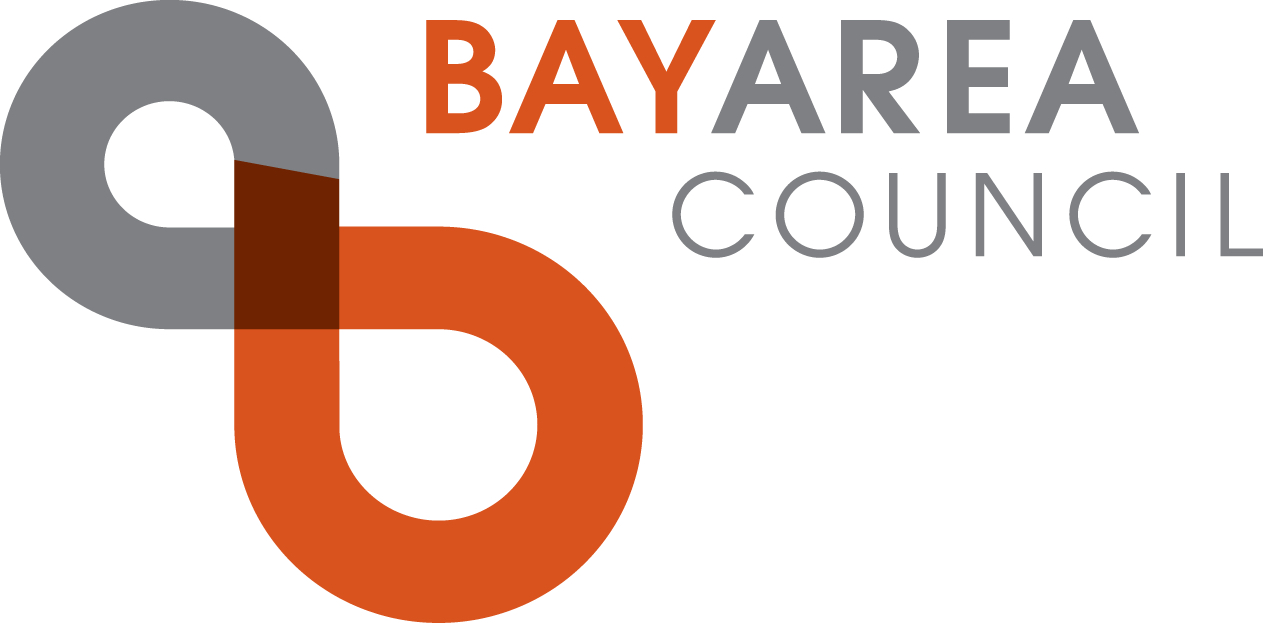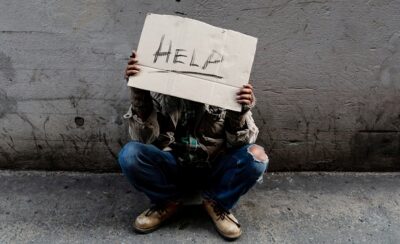Bay Area Council Poll: Homelessness Dominates Concerns
Housing Costs and Affordability Remain Top Concerns, while Concerns Soften about the Bay Area’s Notorious Traffic
Residents bullish on region’s economic recovery, but cite high taxes, regulation as obstacles
How bad is the Bay Area’s homeless problem? So bad that not even a year under the strangling grip of the deadly COVID pandemic could dislodge homelessness as the most serious issue facing the region, according to the 2021 Bay Area Council Poll. The poll also found interesting shifts in attitudes about housing and traffic over the past year.
Attitudes about the overall direction of the Bay Area remain largely unchanged from last year, with 26% of respondents saying the region is on the right track, half saying the wrong track and 23% uncertain. Economically, the poll found reason for optimism. While 40% of respondents believe the economy is doing worse than it was six months ago, 52% expect the economy will be doing somewhat better (35%) or much better (17%) six months from now.
Homelessness ranked highest among a set of issues that cause Bay Area residents concern. According to the Bay Area Council Poll, 60% of respondents said they are very concerned about homelessness, with housing coming in a distant second at 44% very concerned followed by climate change at 40%, wildfires and income inequality both at 38% and racial inequality at 36%. Homelessness also topped a list of the Bay Area’s most important problems in an open-ended question, with 24% of poll respondents naming it as the Bay Area’s most important problem ahead of housing costs/availability (16%) and COVID (14%). In 2015, just 3% of Bay Area Council Poll respondents identified homelessness as the region’s most important problem.
See the results in charts and graphs>>
Escalating concern about homelessness appears to track with the growing homeless population. Statewide, the homeless population grew 7% in 2020 to 161,548, according to recent data from the U.S. Department of Housing and Urban Development. Homeless numbers have increased in five of the last six years, giving California the biggest increases of any state in the nation. California also owns the dubious distinction of having the highest percentage of unsheltered homeless, at 70% of the overall homeless population.
“Only by building more housing, particularly housing that is affordable for those at the lower end of the economic ladder, can we hope to bend the curve on homelessness,” said Jim Wunderman, President and CEO of the Bay Area Council. “The problem has only worsened even as state and local governments have dramatically increased spending on homelessness, with more spending proposals on the drawing board. What hasn’t increased is the pace and volume at which California is building more housing, with new housing permits remaining essentially stagnant in recent years and little action at the state or local levels to ease zoning restrictions on housing and reduce excessive government fees and regulation that drive up housing costs.”
While concern about homelessness has grown, respondents to the Bay Area Council Poll said finding housing in the Bay Area still has gotten considerably easier in the past few years. According to the 2021 survey, 42% said that finding housing was much harder or somewhat harder compared to a year ago, a substantial drop from the 64% who said the same thing in 2020, 61% in 2019, and the 76% in 2018 who said finding housing was much harder or somewhat harder than the year before.
Constrained supply and weak production are among the chief culprits behind the region’s astronomical housing costs, which 92% of poll respondents said give them cause for concern about the Bay Area’s economic future along with the amount of local business taxes (76%), the amount of state businesses taxes (74%), and the level of business regulation (70%). Still, 52% of Bay Area Council Poll respondents expect the economy will be doing somewhat better (35%) or much better (17%) six months from now.
See earlier poll results on business and economic climate>>
A closer look at the findings on the difficulty of finding housing shows considerable variation among counties, with San Francisco the only county where more respondents (42%) said it was easier to find housing compared to a year ago than said it was harder. Although the poll did not explore specific reasons for why housing was more or less difficult to find, migration out of San Francisco increased substantially over the past year due to COVID. The difficulty in finding housing was highest in the North Bay (50%), including Marin, Sonoma, Napa and Solano counties, followed closely by Alameda (48%), Contra Costa (48%) and San Mateo (47%) counties. Substantial variations also emerged across ethnic groups and income levels and between urban and suburban dwellers.
Support for policies that make it easier to build new housing near transit and job centers remained high at 71%, but saw a noticeable decline from 78% support in 2020. The percentage of homeowners who say they would consider building an accessory dwelling unit, also known as granny or in-law units, dipped slightly from 32% in 2020 to 27% in 2021. The Bay Area Council has been a leading proponent of easing costly local fees, regulations and restrictions on ADUs, and has sponsored or supported several key reform laws over the past five years to accelerate production of these lower-impact infill units.
Not surprisingly, concerns about the Bay Area’s notorious traffic diminished over the past year as offices, schools and businesses closed during the COVID pandemic and remote working surged. According to the Bay Area Council Poll, 27% said it was easier to get around than a year ago compared to 11% who said that the year before, and 23% said getting around was harder than a year ago compared to 47% who said that the year before. On a lighter note, a majority (53%) of respondents said that even with its many challenges, the Bay Area remains the best place on earth to call home, down slightly from 2020 (55%) and 2019 (57%).




